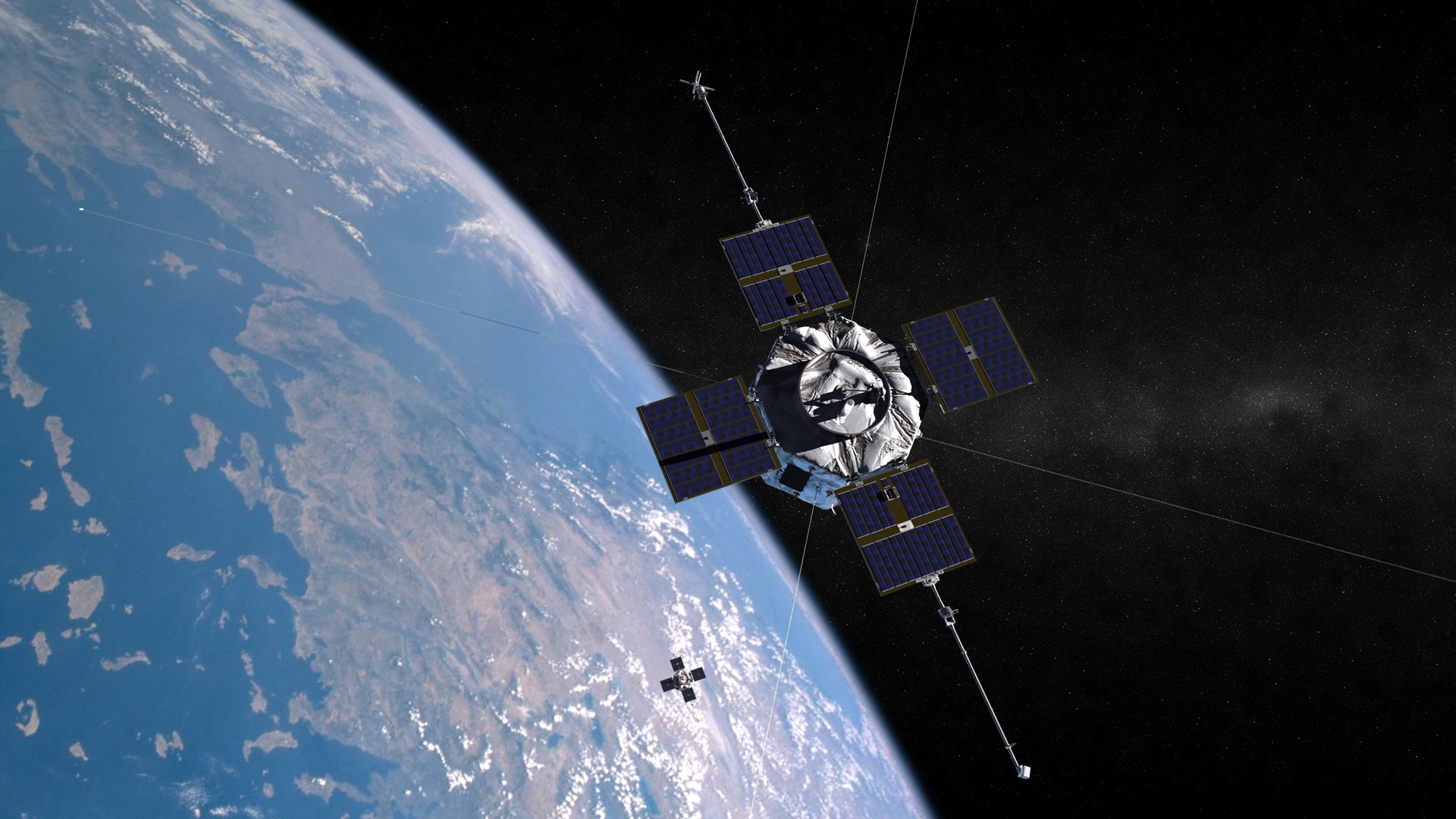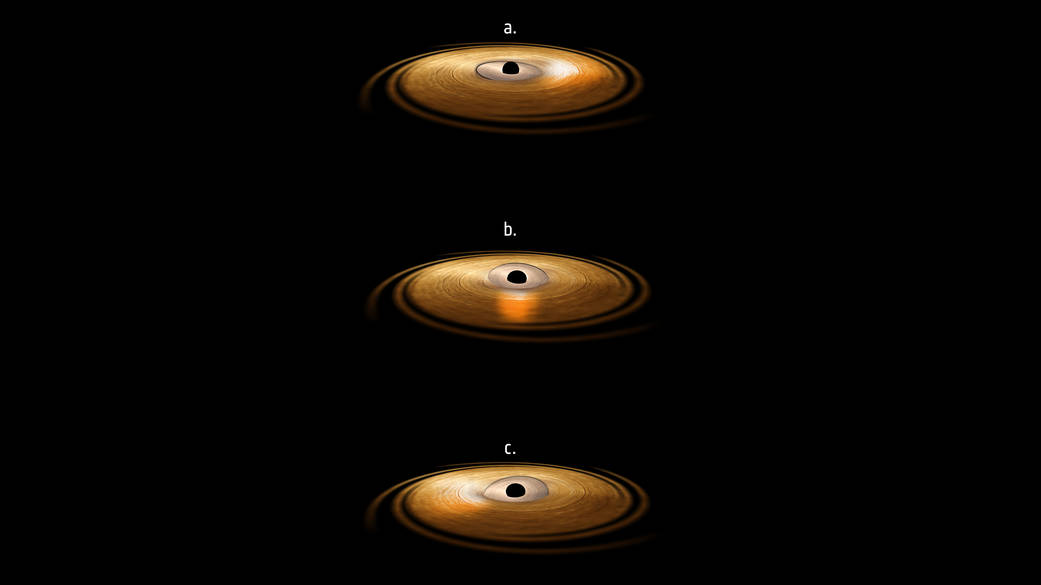
Jesse Emspak
Jesse Emspak is a freelance journalist who has contributed to several publications, including Space.com, Scientific American, New Scientist, Smithsonian.com and Undark. He focuses on physics and cool technologies but has been known to write about the odder stories of human health and science as it relates to culture. Jesse has a Master of Arts from the University of California, Berkeley School of Journalism, and a Bachelor of Arts from the University of Rochester. Jesse spent years covering finance and cut his teeth at local newspapers, working local politics and police beats. Jesse likes to stay active and holds a fourth degree black belt in Karate, which just means he now knows how much he has to learn and the importance of good teaching.
Latest articles by Jesse Emspak
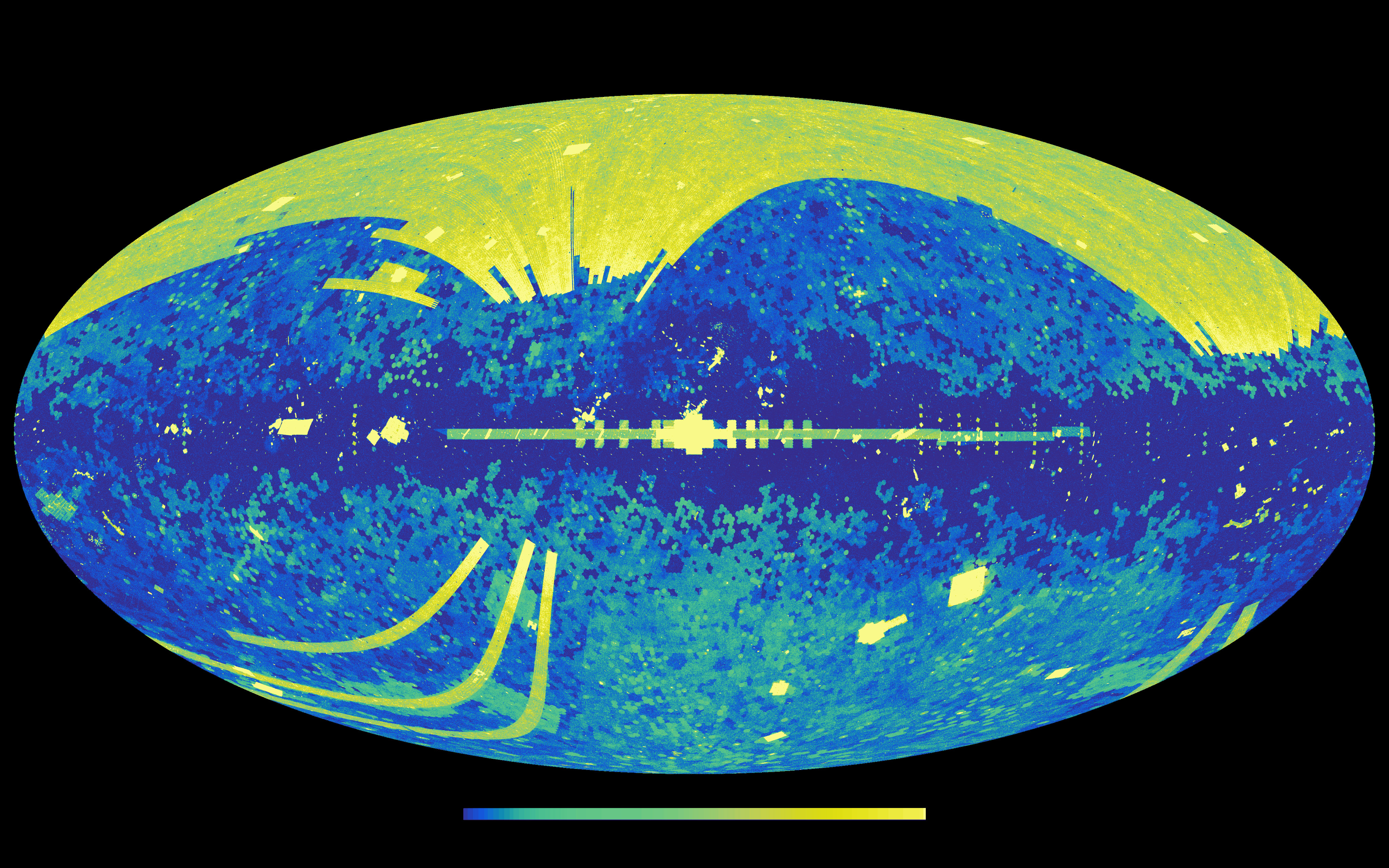
How Far to That Galaxy? Thousands of Cosmic Distances Now Catalogued
By Jesse Emspak published

Universe May Have Lost 'Unstable' Dark Matter
By Jesse Emspak published
How much dark matter has gone missing since the Big Bang? New research suggests anywhere from 2 to 5 percent.
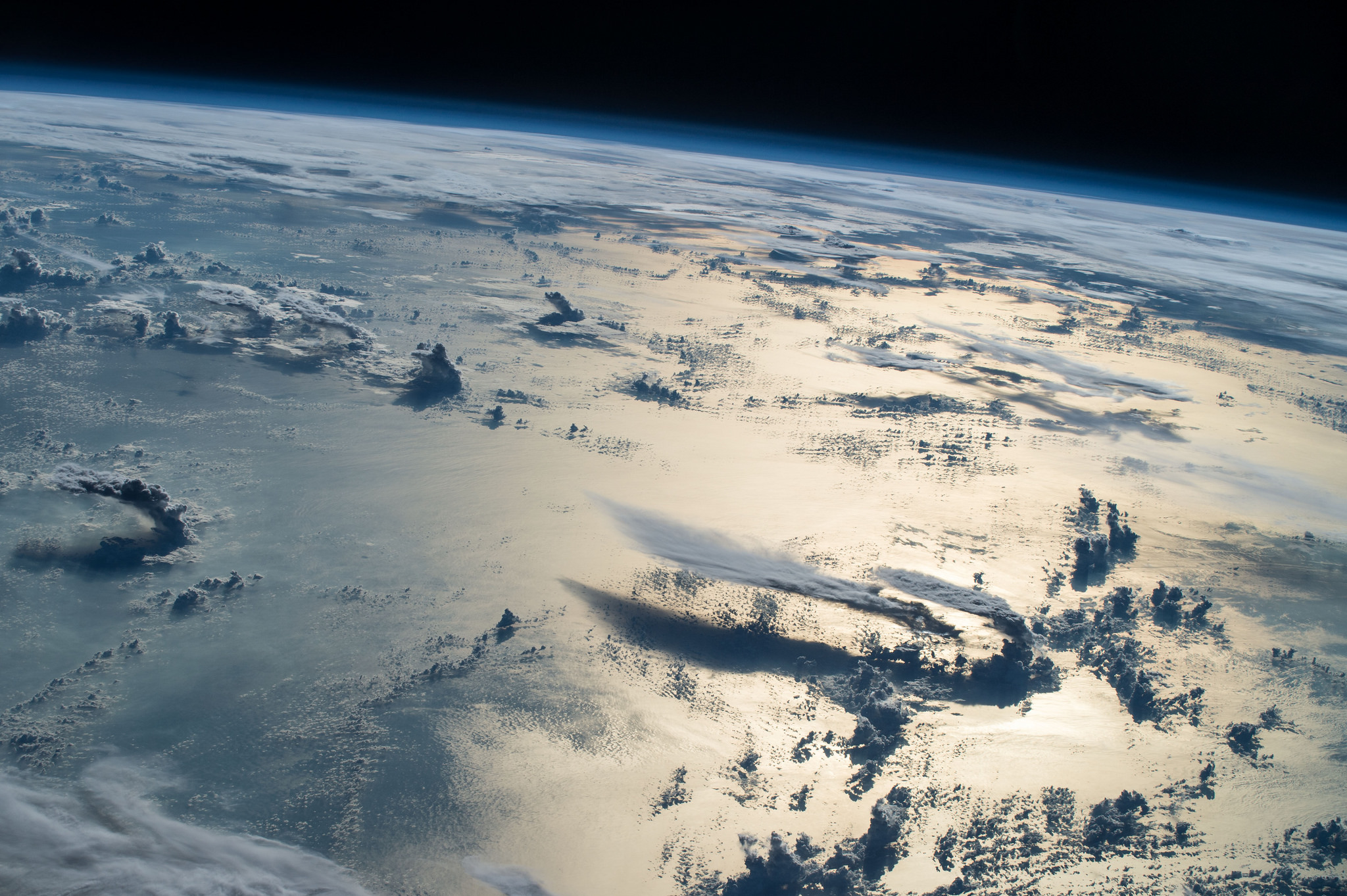
Earth from Space: See NASA's 16 Best Astronaut Photos of 2016
By Jesse Emspak published
NASA has released some of the most artful, majestic and sometimes just plain cool images taken by astronauts on the International Space Station in 2016.

NASA Launches 8-Satellite Constellation to Track Hurricanes from Space
By Jesse Emspak published
A rocket fired from a jet plane Thursday (Dec. 15) to launch NASA's latest Earth-observing mission, an 8-satellite mission to study hurricanes like never before.

'Hidden Figures' Showcases Perseverance of Black Women at NASA
By Jesse Emspak published
"Hidden Figures" actors and director held a press conference in New York City to discuss the film in the context of NASA history and how that history resonates today.
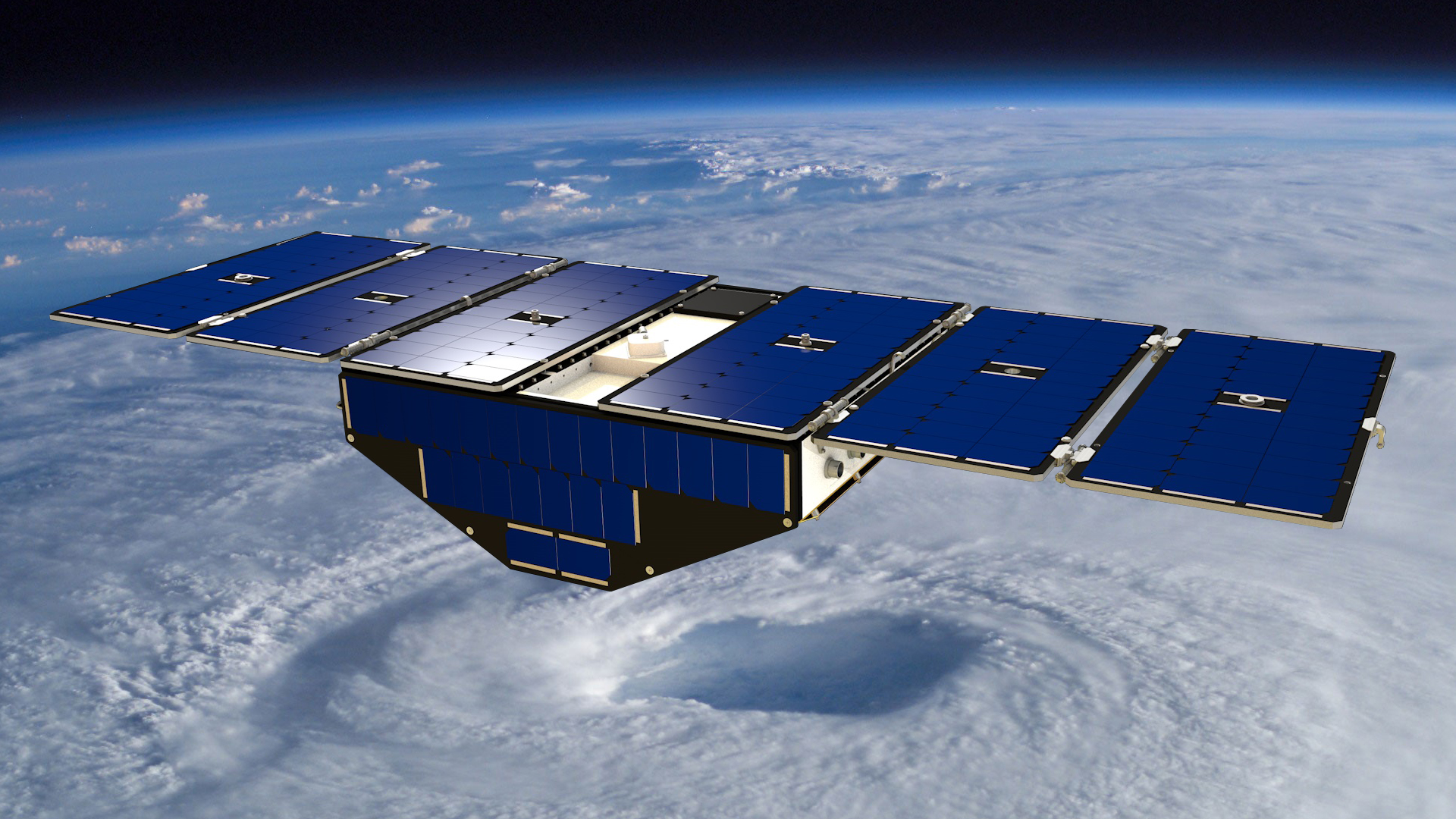
NASA Launching 8 Small Satellites Monday to Improve Hurricane Forecasts
By Jesse Emspak published
NASA's Cyclone Global Navigation Satellite System (CYGNSS) mission will use radio signals from the GPS satellites to track hurricanes like never before. Liftoff is set for Monday, Dec. 12.
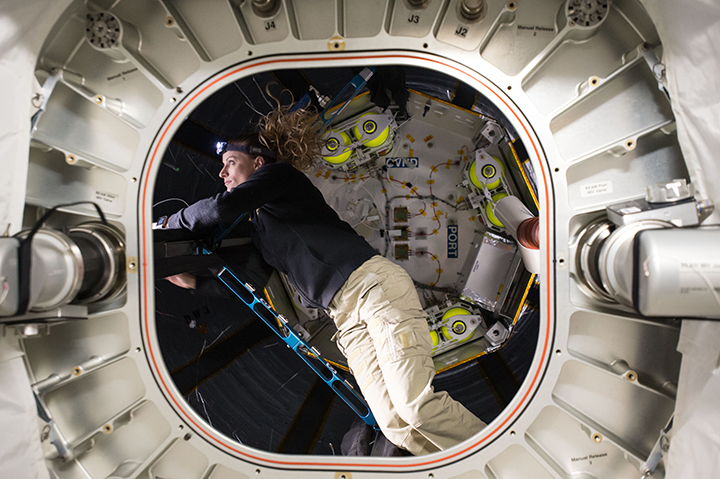
Blow It Up: Inflatable Space Station Habitat Shows Promise in Early Tests
By Jesse Emspak published
An inflatable space habitat that could save weight and volume on future missions is showing how well it can do its job.
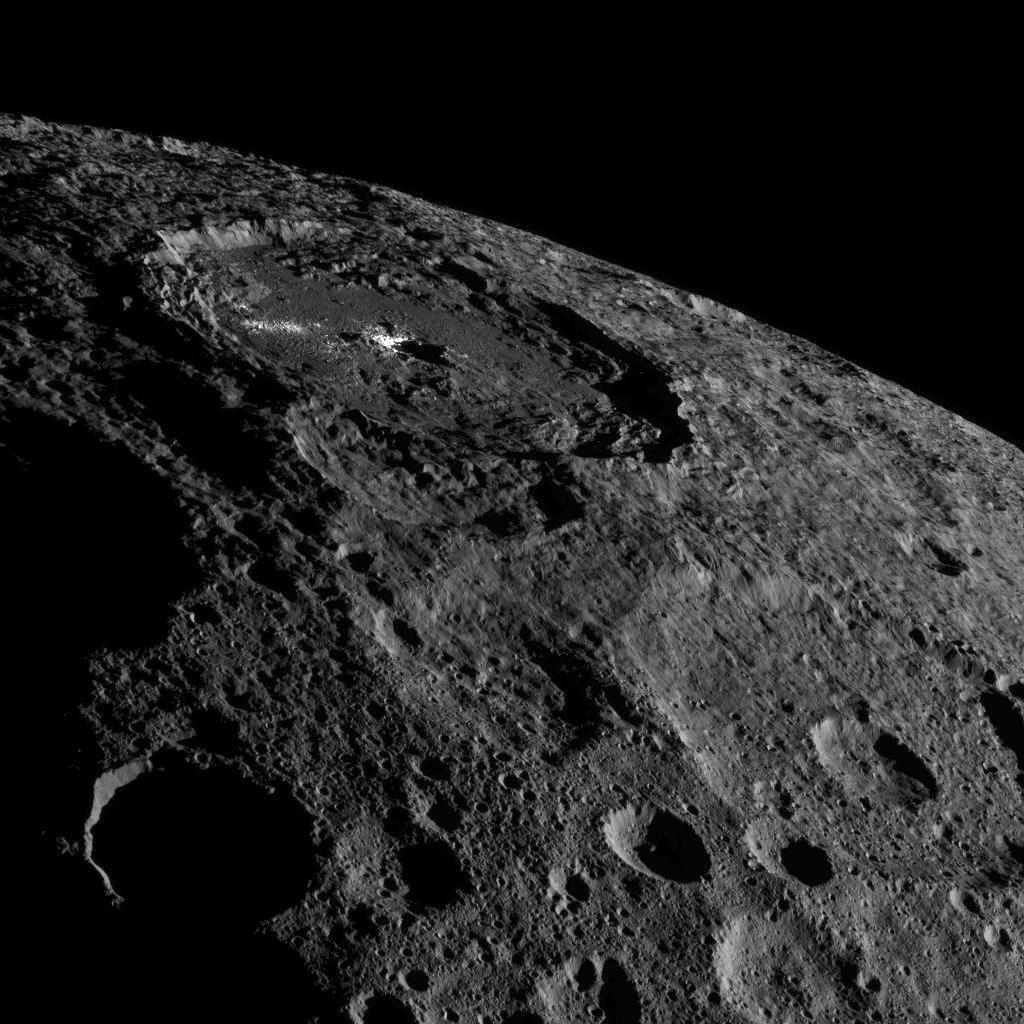
NASA Probe Snaps Stunning New Pics of Dwarf Planet Ceres
By Jesse Emspak published
NASA's Dawn probe is snapping stunning new views of the dwarf planet Ceres as the spacecraft pushes ever higher above the small world.
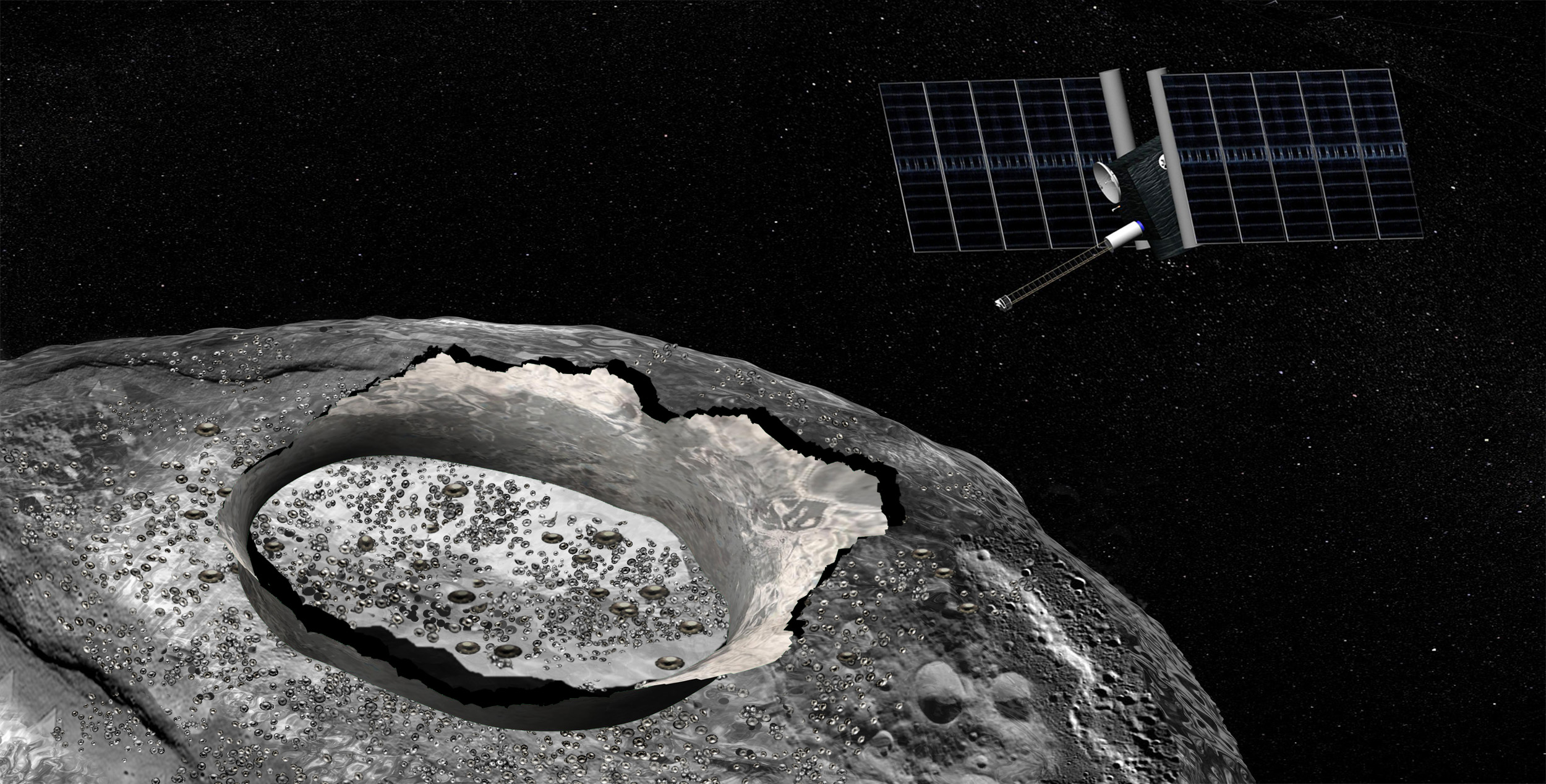
Giant Metallic Asteroid Psyche May Have Water
By Jesse Emspak published
The largest metallic asteroid in the solar system may have water on its surface, astronomers have found.
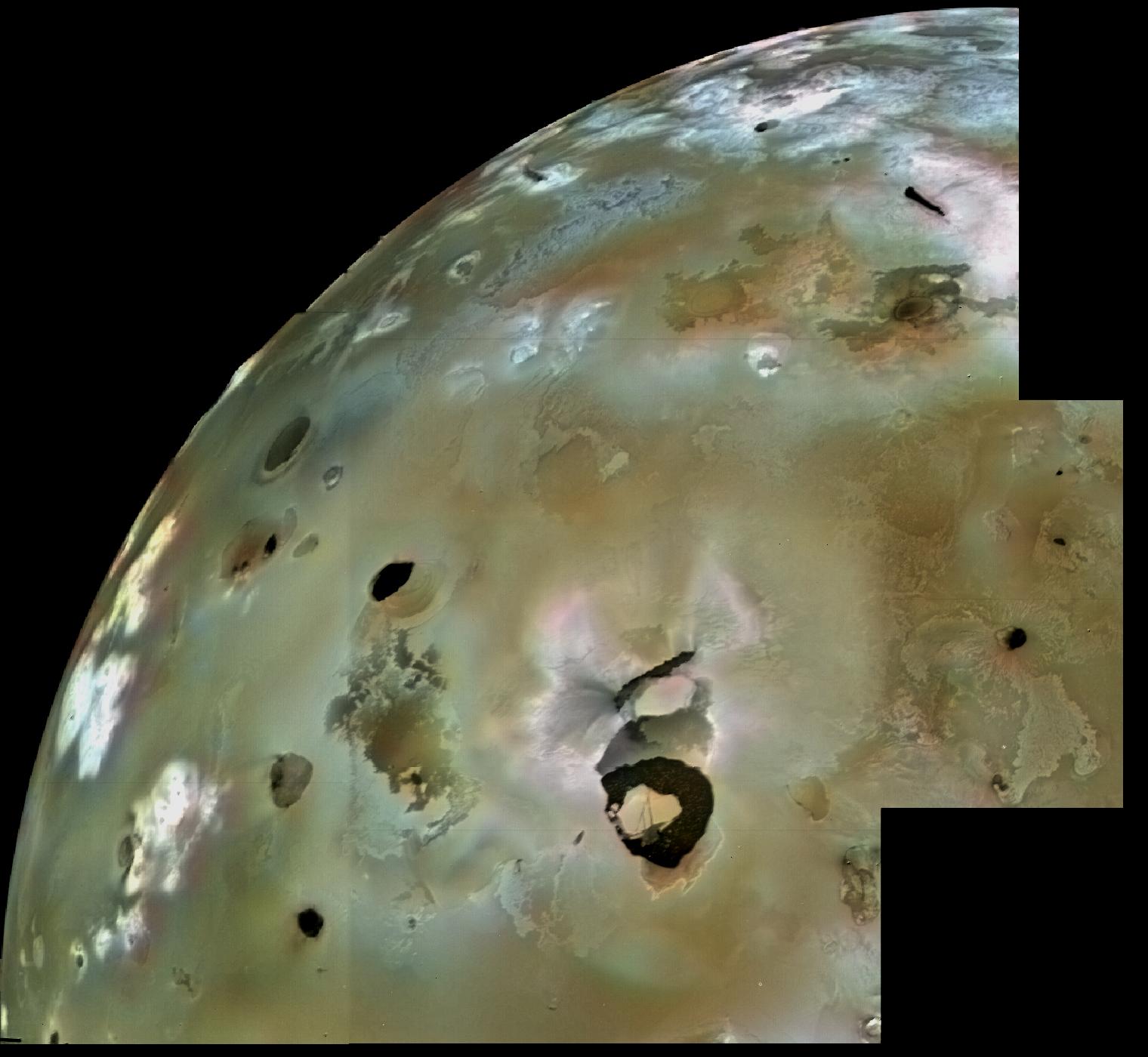
Volcanic Eruptions on Jupiter's Moon Io Tracked Over Time
By Jesse Emspak published
The largest telescopes on Earth were trained on Io, tracking volcanoes more active than anything on Earth.
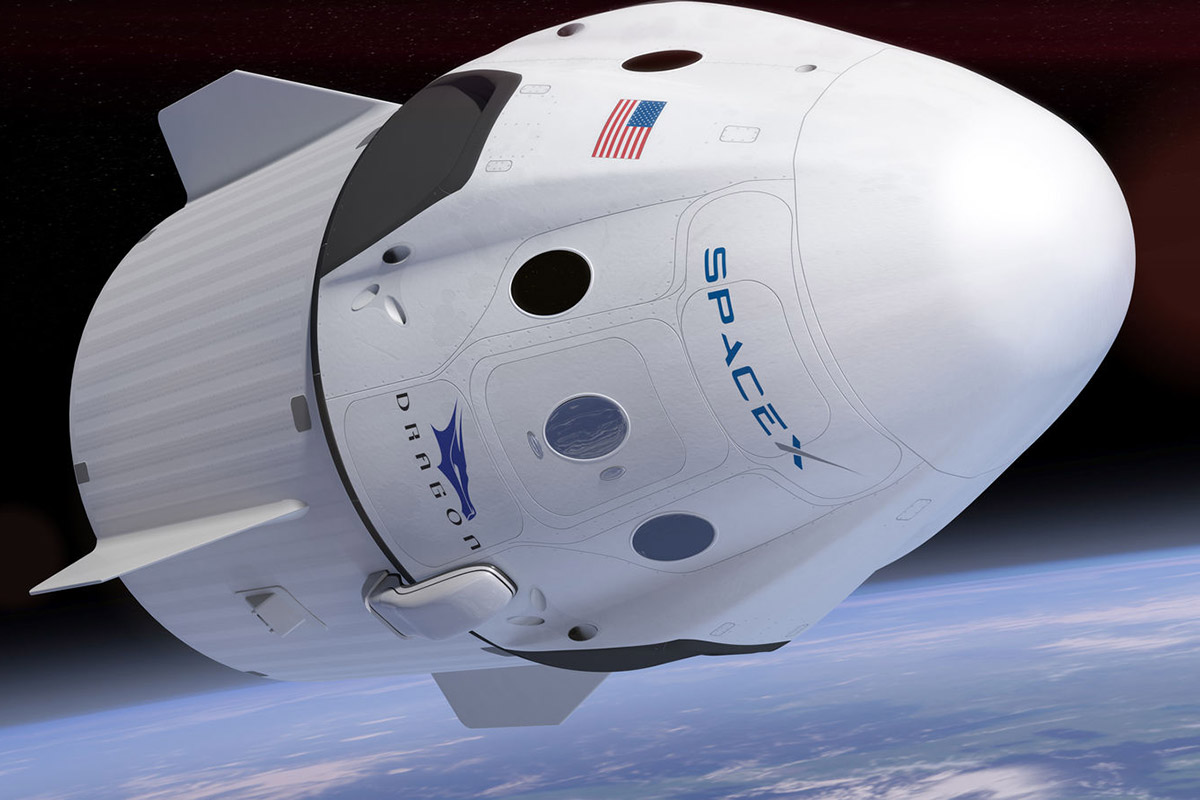
Now Boarding: The Top 10 Private Spaceships
By Jesse Emspak published
Multiple spaceflight companies are working on plans to carry humans to space. Here's our list of the top commercial spaceships.
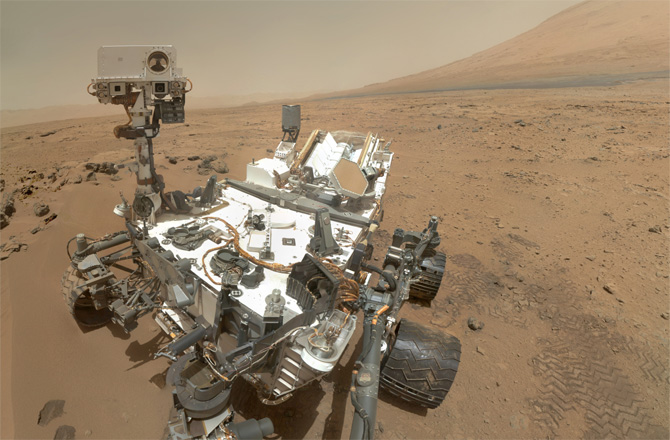
A Tough Row to Hoe for Early Martian Microbes
By Jesse Emspak published
If life existed on Mars, it would have had to deal with harsh radiation — and any traces might only be found deep under the soil.
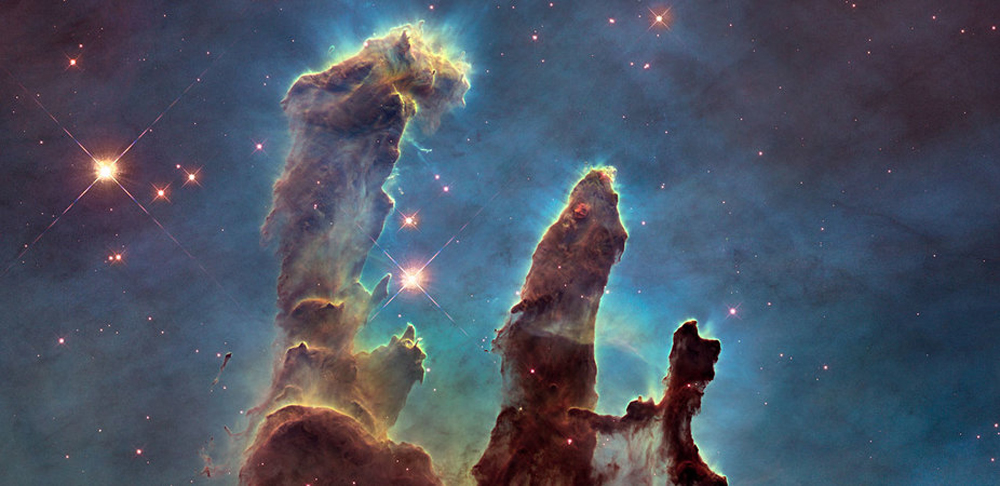
Religion May Motivate Humanity's Future Expansion into Space
By Jesse Emspak published
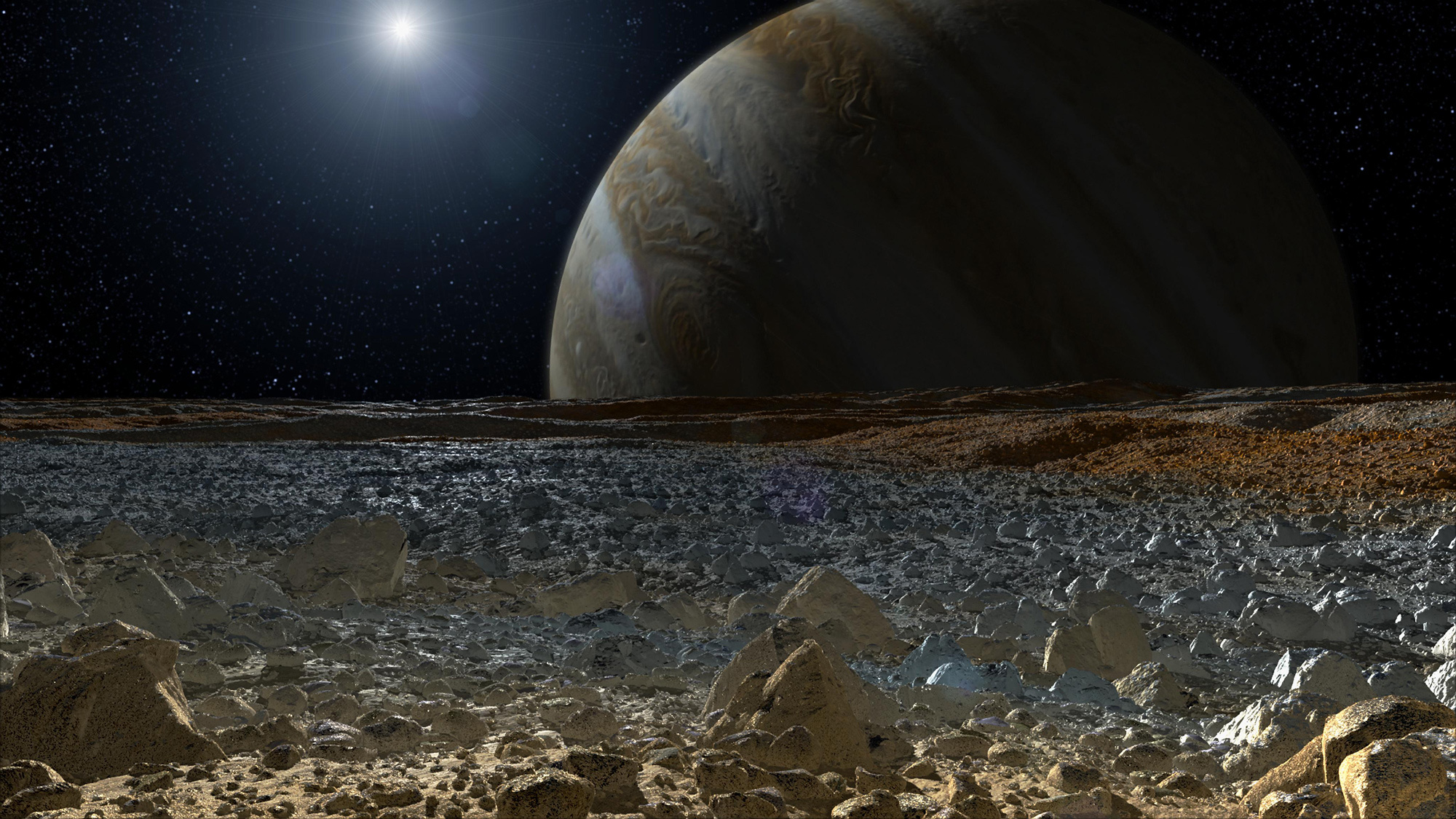
Does Jupiter's Moon Europa Have a Subsurface Ocean? Here's What We Know
By Jesse Emspak published
Liquid water is the only substance that explains observations so far.
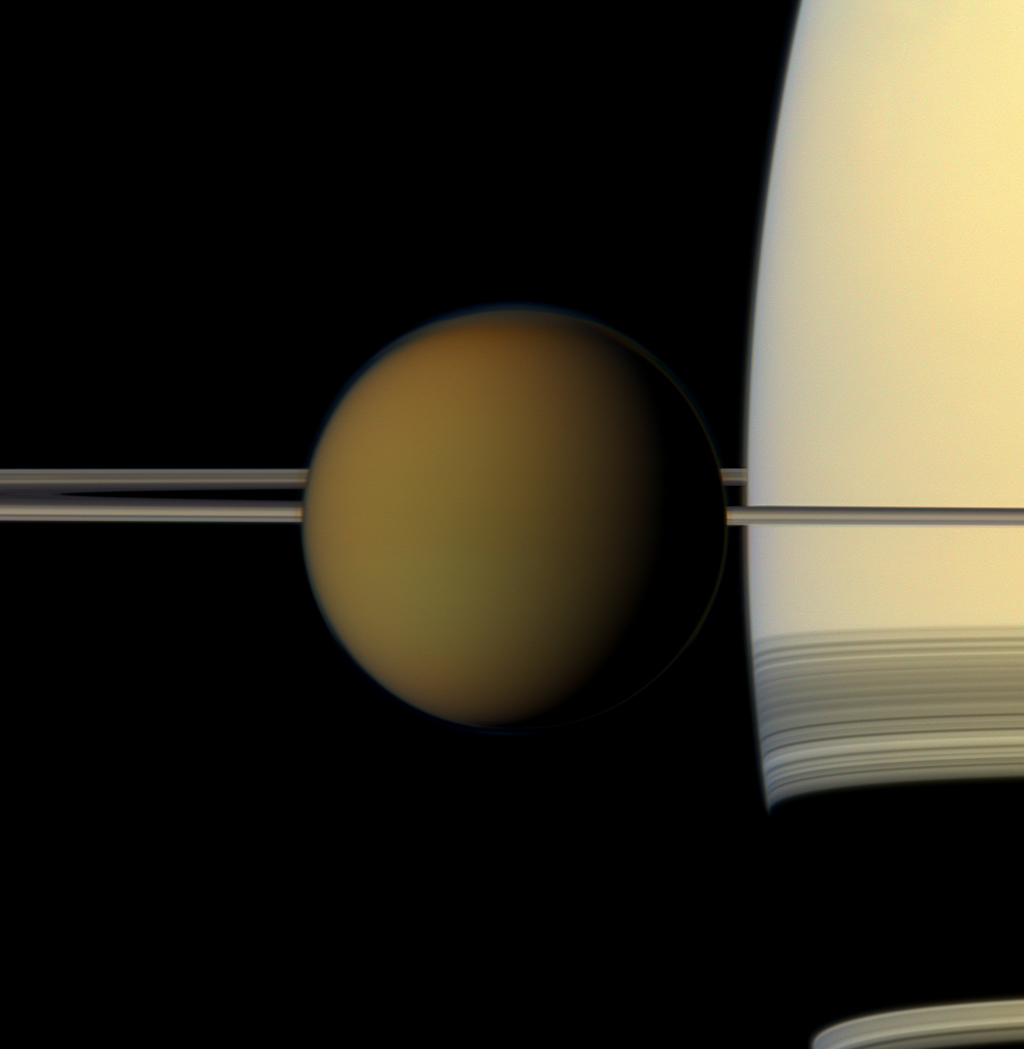
'Impossible' Cloud On Saturn's Moon Titan May Resemble Earth's Ozone Killers
By Jesse Emspak published
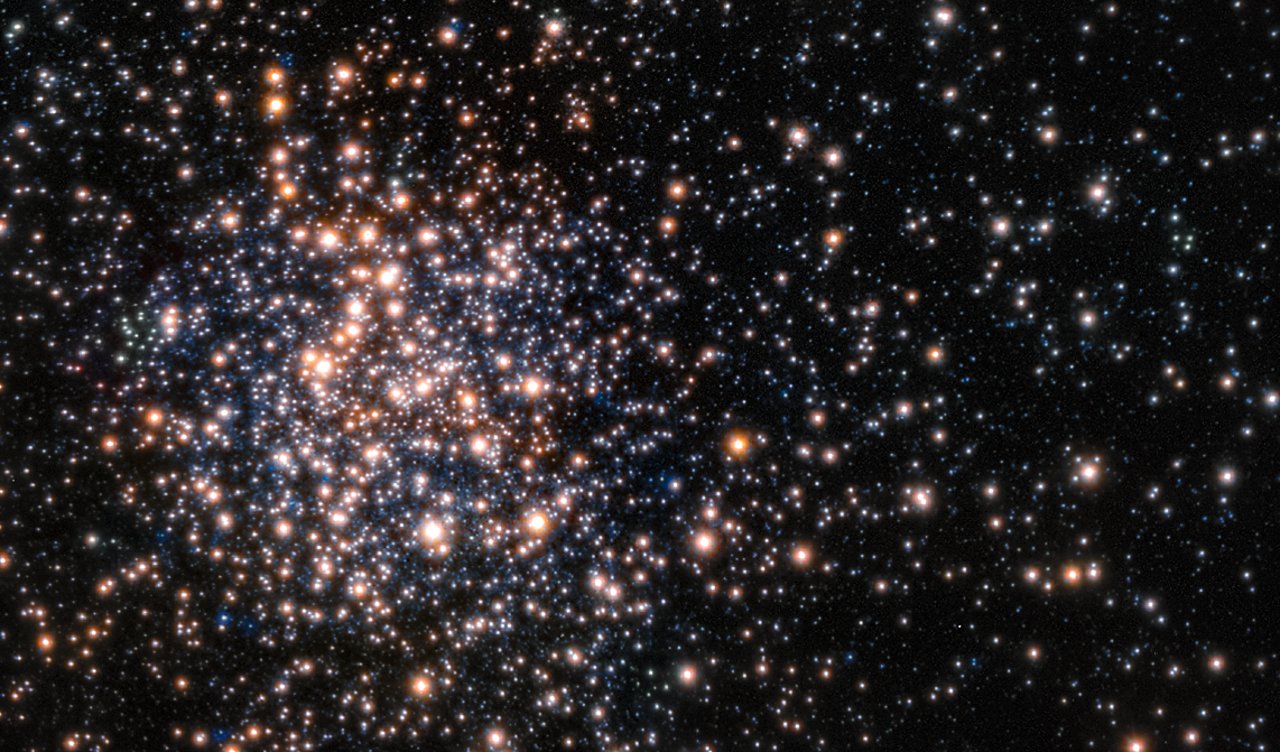
Oddball Star Cluster Provides Window into Young Milky Way
By Jesse Emspak published
A cluster of stars 19,000 light-years away — in our backyard, in galactic terms — has offered clues about what our galaxy was like eons ago, when it was just forming from great clouds of gas.
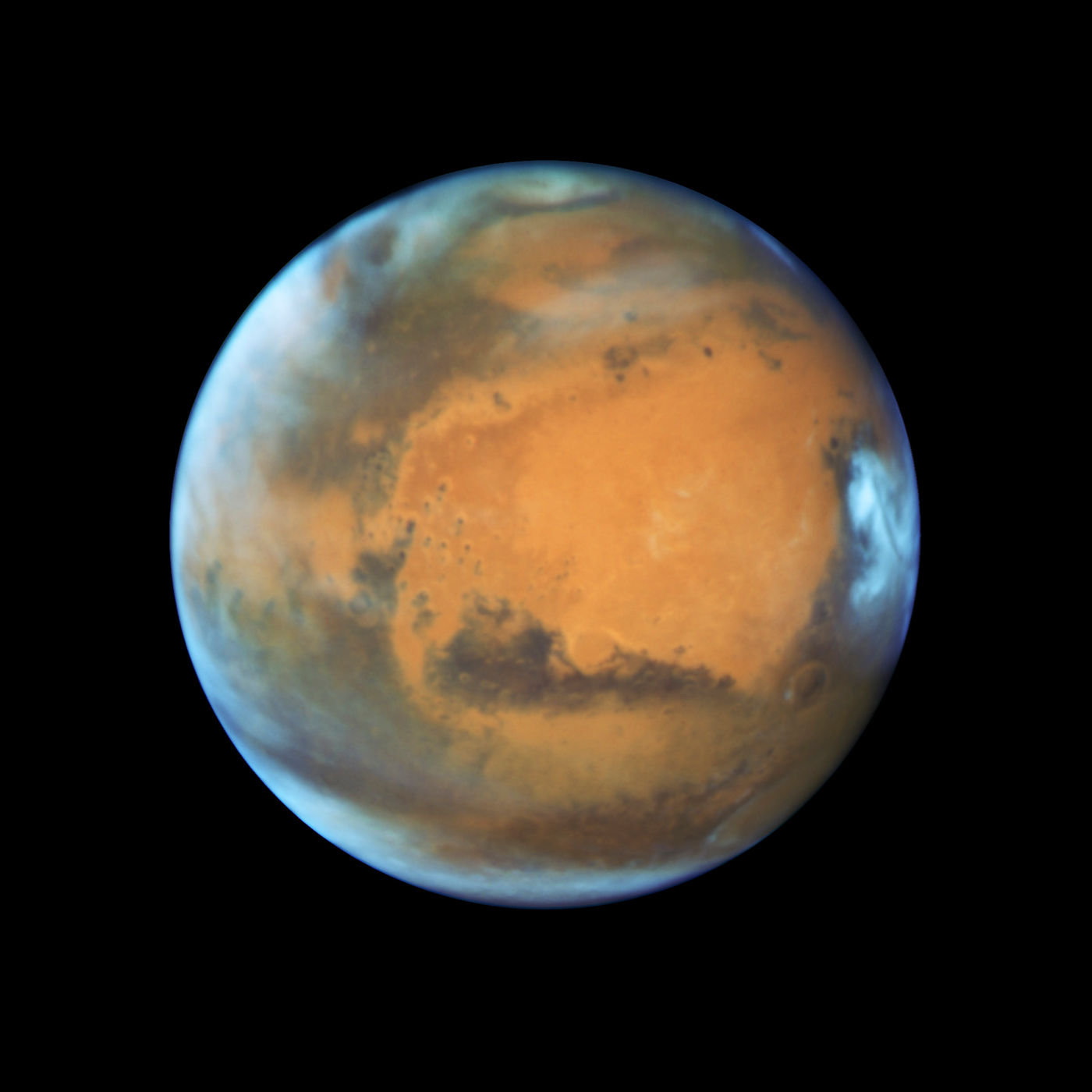
What Earth's Oldest Fossils Mean for Finding Life on Mars
By Jesse Emspak published
If recent findings on Earth are any guide, the oldest rocks on Mars may have signs of ancient life locked up inside.
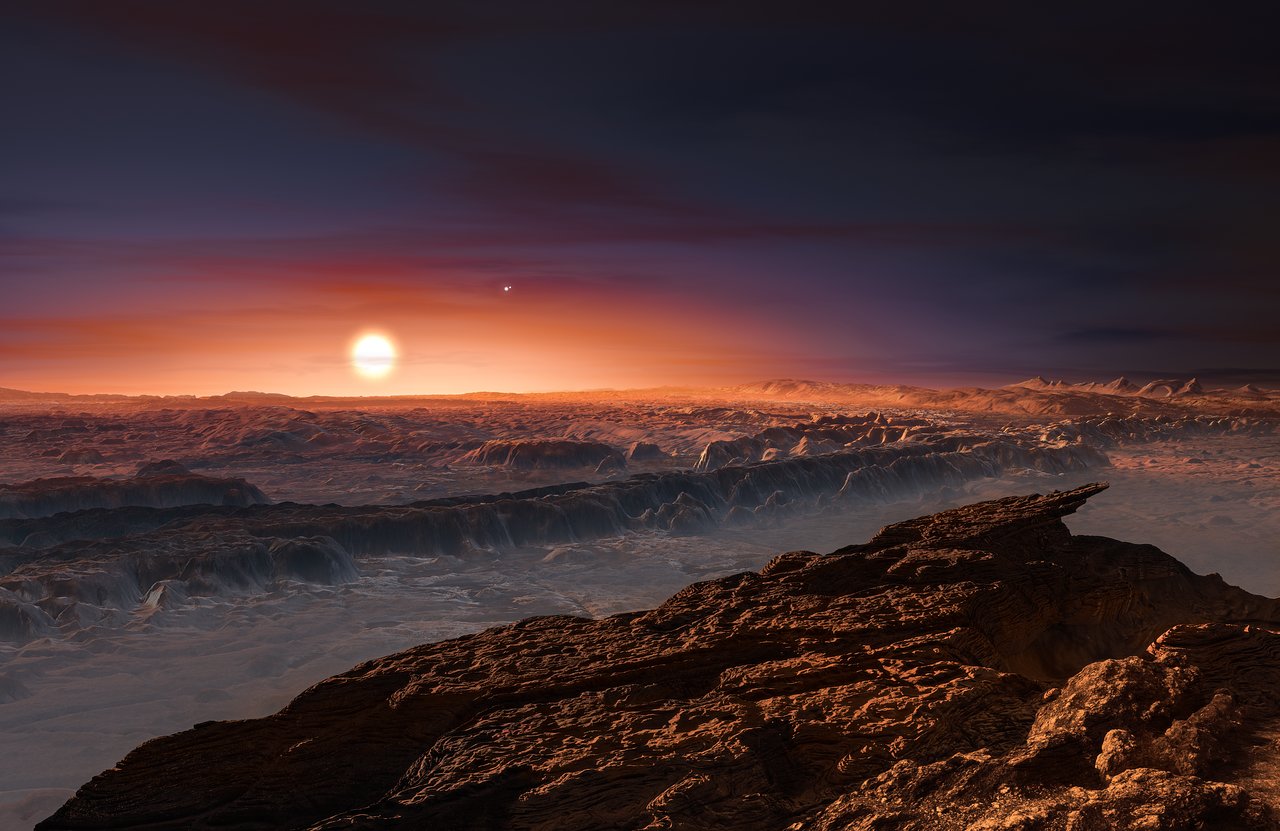
Is the Nearest Alien Planet Proxima b Habitable? 'It's Complicated'
By Jesse Emspak published
Astronomers don't yet have enough information to know whether or not the newfound world Proxima b is capable of supporting life as we know it.
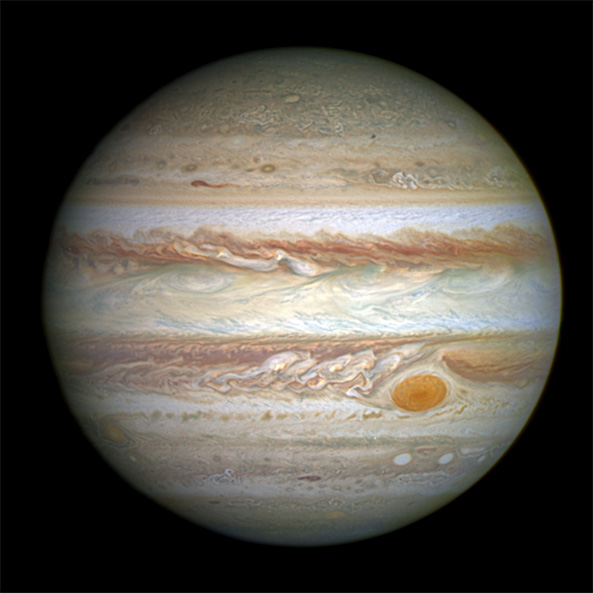
Venus and Jupiter Imagined: From Galileo to Science Fiction
By Jesse Emspak published
Through the centuries, Venus and Jupiter have transformed in the public consciousness, thanks to science and science fiction.
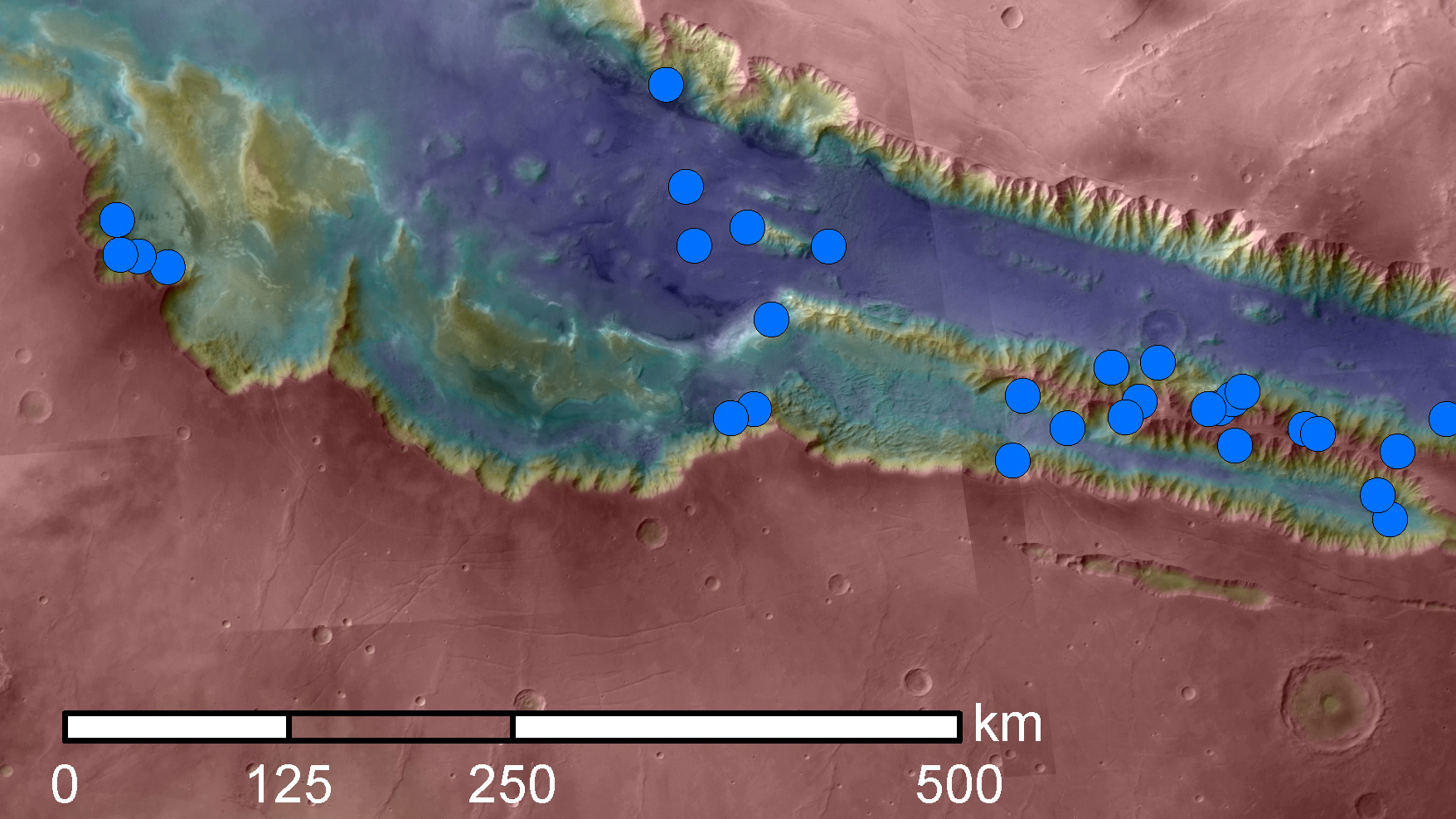
Dark Streaks on Mars Hold Water — But Not Much
By Jesse Emspak published
Dark streaks found running down hillsides on the surface of Mars appear to hold water, but no more than the very driest locations on Earth, according to a new study.
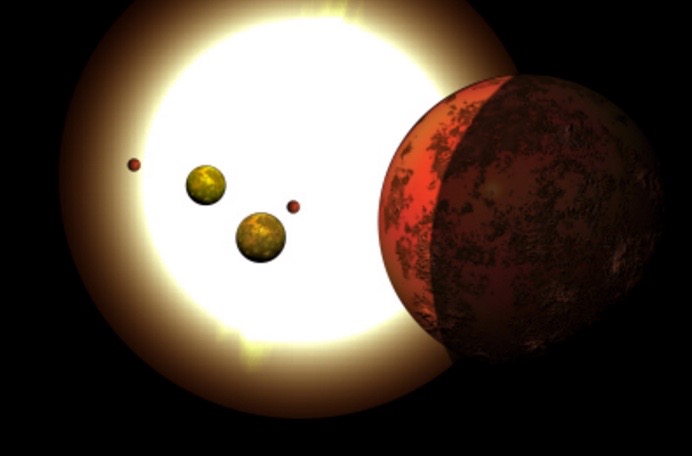
Tightly Packed Alien System's Planets Align Every Month
By Jesse Emspak published
The Kepler-80 system's four outermost planets line up every 27 days, a new study suggests.
Get the Space.com Newsletter
Breaking space news, the latest updates on rocket launches, skywatching events and more!

